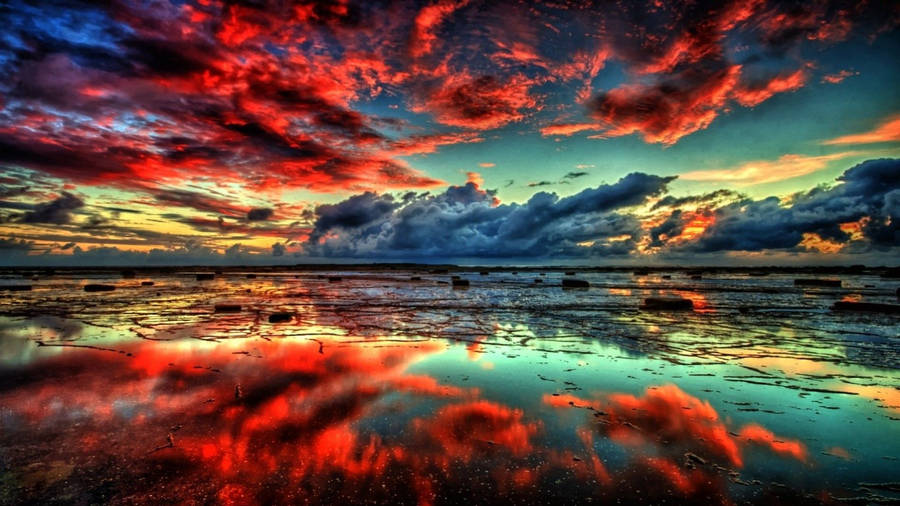He wasn't too happy about getting the raw deal. Yep. I have a little "photo buddy". OK...at 17 inches, he ain't small. But he's quite the character and I guess you could say he matches my personal character very well...(mouthy and not the least bit prone to political correctness).
Unfortunately Toothy had to stay home on Friday and he certainly made his displeasure kmnown but he being a good shooting buddy kept guard on my D300s.

Well, I'm going to have to make certain I take him a lot more places now. I have several ideas with which to use him...and those will be on Toothy's blog at
Great White Outta Water. You oughta check it out. Definitely not politically correct either. And Great Whites don't tend to listen when you tell them to be PC.
















































